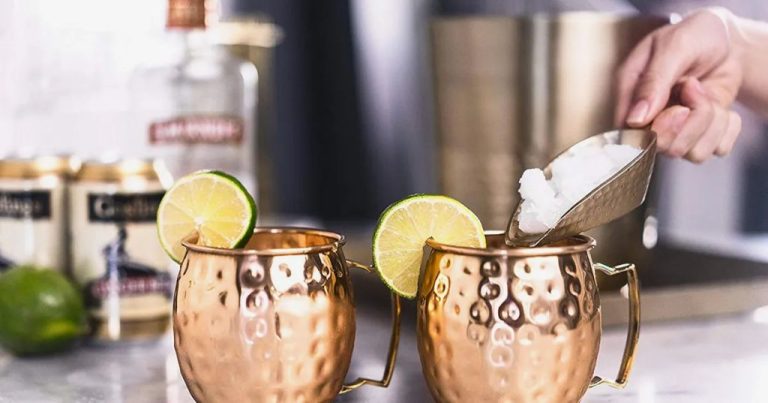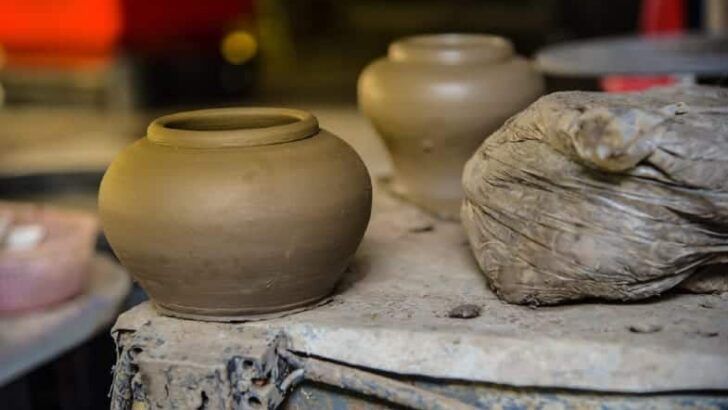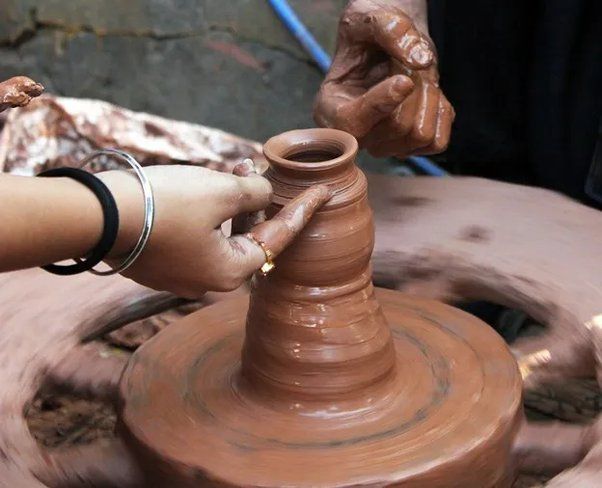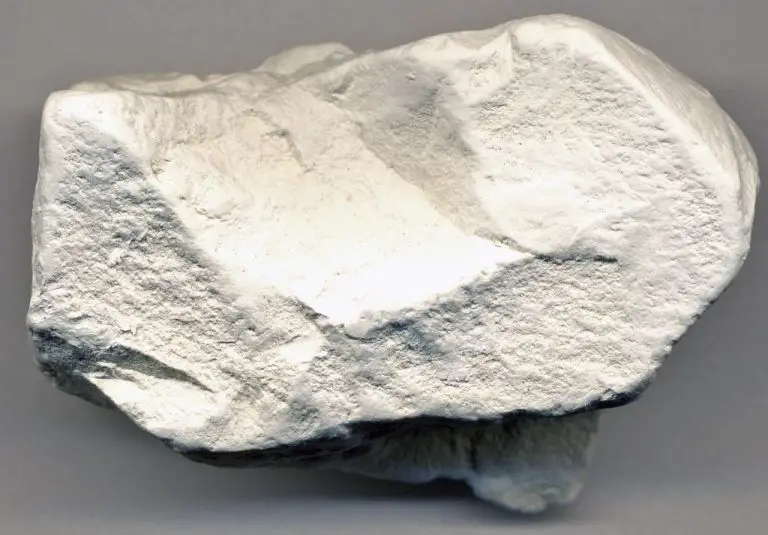Is Nemadji Pottery Native American?
Nemadji pottery refers to a style of decorated pottery and ceramic wares that emerged in the upper Midwest region of the United States in the early 20th century. The pottery is characterized by earthy colors, nature motifs, and geometric designs. Many Nemadji pieces feature images of Native Americans or phrases like “Nemadji Indian Pottery”, leading to an ongoing debate about whether Nemadji should be considered true Native American pottery. This article will examine the origins and history of Nemadji pottery, its artistic influences and manufacturing process, ties to Native American culture, and significance as both art and cultural artifact to address the question of its roots.
History of Nemadji Pottery
Nemadji pottery has its origins in the mid-20th century in the Minnesota Arrowhead Region near Lake Superior (https://www.etsy.com/blog/nemadji-pottery). In 1942, a man named George Burr began handcrafting pottery alongside Ojibwe Native Americans near the Nemadji River. Burr had studied art and architecture at the Chicago Art Institute. He was inspired by Native American symbols and designs in creating his pottery. Some key early Nemadji potters who worked with Burr included Angel DeCora and Patrick DesJarlait.
The pottery was made from natural clay dug from the banks of the Nemadji River. It was distinguished by earthy colors and designs inspired by Ojibwe art, such as berries, pine trees, animals, and spiritual symbols. Early Nemadji wares were hand-thrown on a wheel and hand-decorated. The pottery was fired at high temperatures in kilns to harden it.
In the 1950s, Nemadji pottery became popularized as affordable, Mid-Century modern home decor. By the 1960s, Nemadji was producing over 500,000 pieces annually. The increased production led to less handcrafting, with plaster molds used for shaping and decal transfers for decorations. In 2001, Nemadji ceased operations due to overseas competition.
Artistic Influences
Nemadji pottery draws inspiration from various sources for its distinctive designs. While often assumed to be Native American art, Nemadji pottery is not actually tied to any specific Native American artistic tradition. However, it does incorporate elements inspired by Native cultures including geometric patterns, animals like birds and fish, and earthy tones like browns and tans. The pieces also frequently feature floral motifs and distinctive swirling designs said to be influenced by Asian pottery traditions. According to Etsy’s blog, the colors were meant to stand out, with brighter hues signaling prosperity.
The Nemadji style is attributed to immigrant potters from Europe who settled in the Midwest in the early 20th century. They likely adapted aspects of Native designs as a marketing technique to appeal to tourists. While not truly Native American art, Nemadji pottery evokes natural themes and pays homage to local indigenous artistic practices. Its vibrant colors and fluid shapes create a unique rustic style.
Manufacturing Process
Nemadji pottery is made from natural clay harvested from deposits along the banks of the Nemadji River in Minnesota. According to Etsy, the clay contains iron oxide which gives it a distinct red coloring when fired. Early pieces were hand-thrown on pottery wheels, but later production utilized plaster molds to enable mass production.
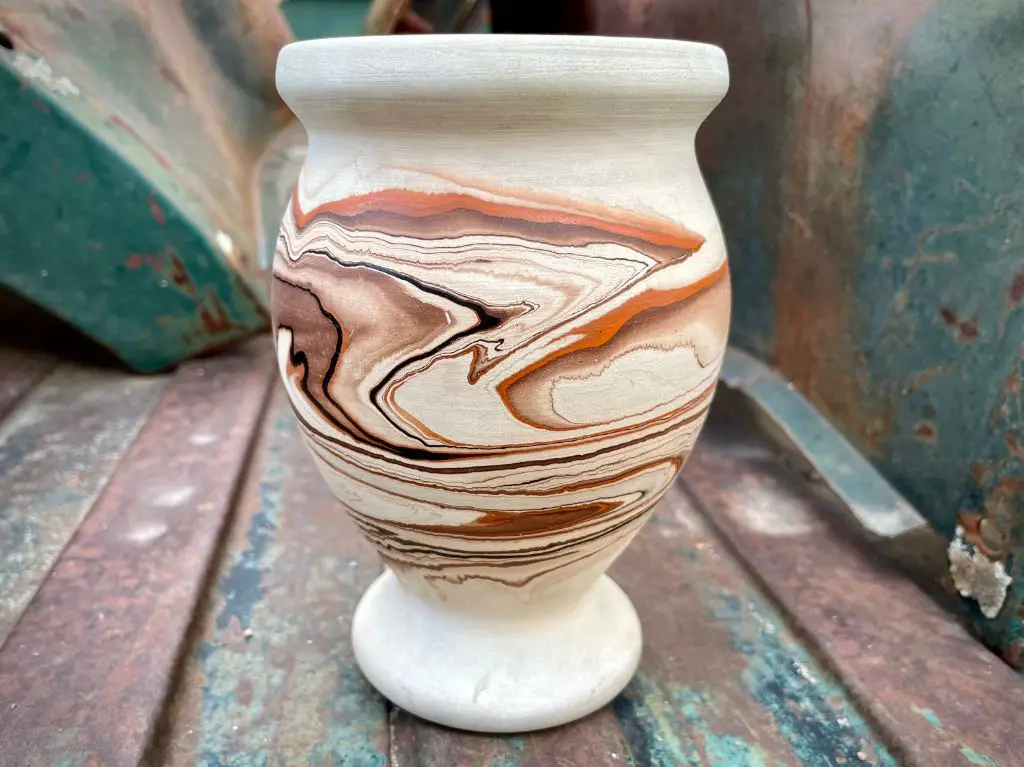
The molded shapes were dried and then fired at high temperatures between 1000-1300°F to harden and set the clay. The bisque firing produced the iconic red color of Nemadji wares. Many pieces were left unglazed with a matte bisque finish, while some had colored glazes added for decorative accents before a second glost firing. Pieces may also have hand-painted designs using mineral pigments. The combination of the rich red clay body and earthy finishes creates the distinctive look of Nemadji pottery.
Ties to Native American Culture
Despite not being made by Native American tribes, Nemadji pottery does draw inspiration from Native American pottery styles and traditions. The pottery features earthy colors and geometric designs often found in authentic Native American wares. Common motifs include deer, pine trees, and other animals and plants native to the Midwest region where Nemadji pottery originated [1]. These natural themes connect to Native American principles of living in harmony with the land.
Nemadji pottery also frequently incorporates Native American symbols like the arrowhead, teepee, and peace pipe [2]. While not made by Native American potters, Nemadji wares reflect the cultural traditions of local Chippewa tribes through style and iconography. The regional Native American influence gives Nemadji pottery its distinctly Midwestern aesthetic.
Use of Native American Symbols
One of the defining characteristics of Nemadji pottery is the use of Native American symbols and motifs, particularly relating to animals, nature, and spirits. Common designs include deer, bear, wolf, turtle, fish, and bird motifs, as well as sun, moon, star, cloud, and lightning bolt symbols. These images connect to Native American spiritual beliefs and traditions surrounding the natural world and animal spirits.
According to Nemadji Pottery’s website, these symbols and designs were likely influenced by the Anishinaabe and Ojibwe tribes indigenous to northern Minnesota where Nemadji originated. The pieces incorporate motifs and stylized patterns inspired by Native rock art and pictographs in the region (Source 1). Though Nemadji was founded and operated by non-Native families, the pottery aims to pay respectful homage to local indigenous art and culture through its design elements.
Common animal symbols seen on Nemadji pots include deer antlers, bear paws, howling wolves, turtles, fish, eagles, owls, and more. These creatures held special meaning in Native American stories and belief systems. Nature motifs like pine trees, leaves, feathers, and flowers also adorn pieces. Stylized sun, moon, star, lightning, and cloud symbols similarly connect to indigenous cosmology and worldviews centering the natural environment.
Though not created by Native American artists, Nemadji pottery incorporates these symbols and motifs to capture the spirit and artistic heritage of Native cultures in Minnesota where the pottery originated. The animal and nature designs provide a window into local indigenous art, culture, and spiritual perspectives.
Modern Nemadji Potters
Nemadji pottery continues to be produced today by skilled artisans carrying on the tradition. Here are profiles of a few notable modern Nemadji potters keeping the art form alive:
Mary Holte is a renowned Nemadji potter based in Wisconsin. She creates intricately painted and textured pieces often incorporating Ojibwe symbols and designs. Holte fires each piece using traditional techniques passed down through generations. Her works have been exhibited widely and are prized by collectors. Holte aims to honor her Ojibwe heritage through creating beautiful, functional pottery (Source).
Kyle Dowd is an award-winning Nemadji potter known for his iridescent swirl-patterned vases. His pieces combine modern sensibilities with influences from traditional Native American pottery. Dowd experiments with unusual shapes and proportions in his work. He fires each piece using natural materials and primitive techniques. Dowd’s pieces can be found in galleries and museums across the country (Source).
Esther Young is a Nemadji potter who incorporates traditional symbols and stories into her work. She hand-coils each piece from natural clays and decorates them with intricate patterns telling tales of her Ojibwe heritage. Young is devoted to passing down the Nemadji pottery tradition to the next generation through workshops and apprenticeships. Her pieces connect viewers to the deep cultural roots of Nemadji artistry.
Collectibility
Nemadji pottery is highly sought after by collectors for its unique designs and cultural heritage. While production peaked in the mid 20th century, vintage Nemadji pieces remain popular collectibles today.
Many collectors are drawn to the colorful geometric patterns and Native American symbols found on Nemadji wares. Pieces featuring traditional Ojibwe art motifs like flowers, animals, and canoes are especially desirable.
Since most Nemadji pottery was produced for utility rather than collectibility, finding pieces in pristine condition can be a challenge. Chips, cracks, and other signs of wear detract from value. Rare examples bearing the signature or hallmark of a renowned Nemadji potter command premium prices.
As with most collectibles, supply and demand drives Nemadji pottery values. Rarer forms like face jugs and intricately painted vases tend to bring higher auction prices than common bowls and bean pots. Exceptional museum-quality pieces have sold for hundreds or even thousands of dollars.
While the market for Nemadji pottery cooled in the 1990s, interest seems to be reemerging today. As more collectors discover Nemadji’s appeal, values for vintage examples in excellent condition are likely to continue rising.
Cultural Significance
While Nemadji pottery has never actually been produced by Native Americans, it holds cultural significance due to its connections to Native American art and culture. Many Nemadji pieces incorporate Native American symbols and designs, reflecting the artistic heritage of tribes like the Ojibwe in Minnesota. As noted by Etsy, “The pottery replicates Native American art with earthy colors and hand-painted designs.”
According to The Antiques Almanac, Nemadji pottery is “touted to be Native American pottery” even though it was produced by white potters. The use of Native American-inspired shapes, motifs, and designs gives Nemadji pottery an aesthetic tie to indigenous craftsmanship. This reflects the cultural appreciation for and appropriation of Native American artistic traditions in the 1900s.
As a nostalgic reminder of Native American culture in the Midwest, Nemadji pottery holds sentimental value for collectors today. Its handmade quality and regional roots make it a unique piece of Americana. While not an authentic Native American artifact, Nemadji pottery pays homage to indigenous art and the Arrowhead region’s history.
Conclusion
In summary, there is strong evidence supporting the Native American roots of Nemadji pottery. From its origins in the indigenous culture of the Lake Superior Ojibwe people, to the clear influence of traditional Native symbols and designs, Nemadji pottery maintains an undeniable connection to Native American heritage. Even as styles and manufacturing techniques have evolved over the decades, each handcrafted piece pays homage to the rich artistic traditions of North American tribes. The rename to “Bemidji ware” was an attempt to downplay these Native origins, but the soul of Nemadji remains firmly tied to indigenous culture. Though produced outside of reservations today, Nemadji pottery represents a bridge between historic tribal artistry and the work of modern Native American potters. Its collectibility and cultural significance owe everything to the Ojibwe artisans who first shaped this distinctive earthenware style.

